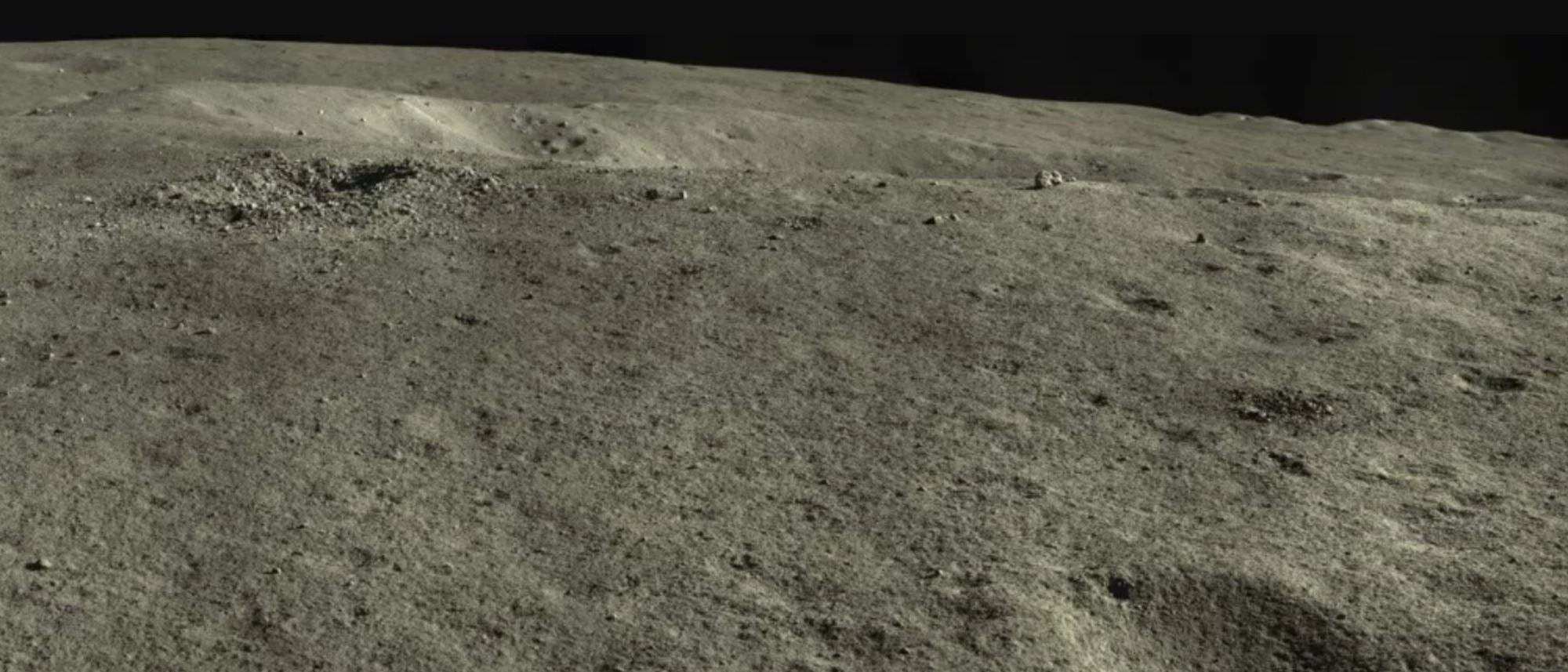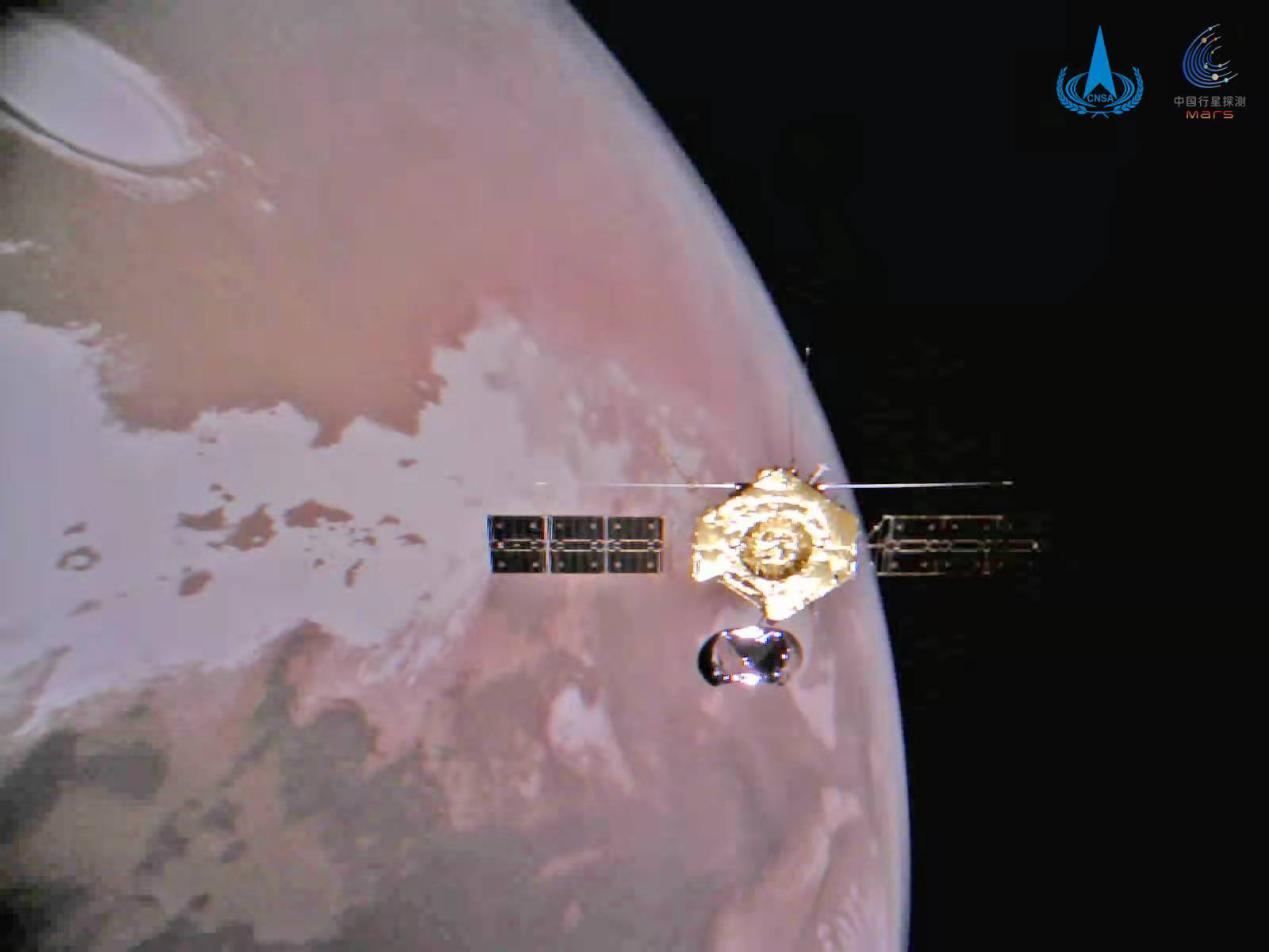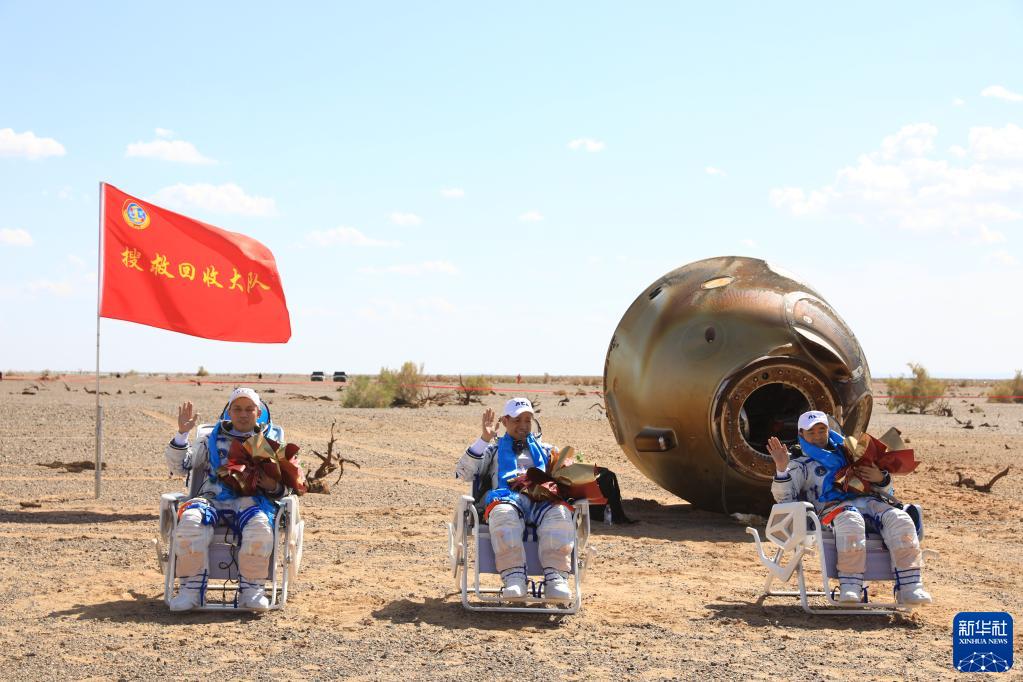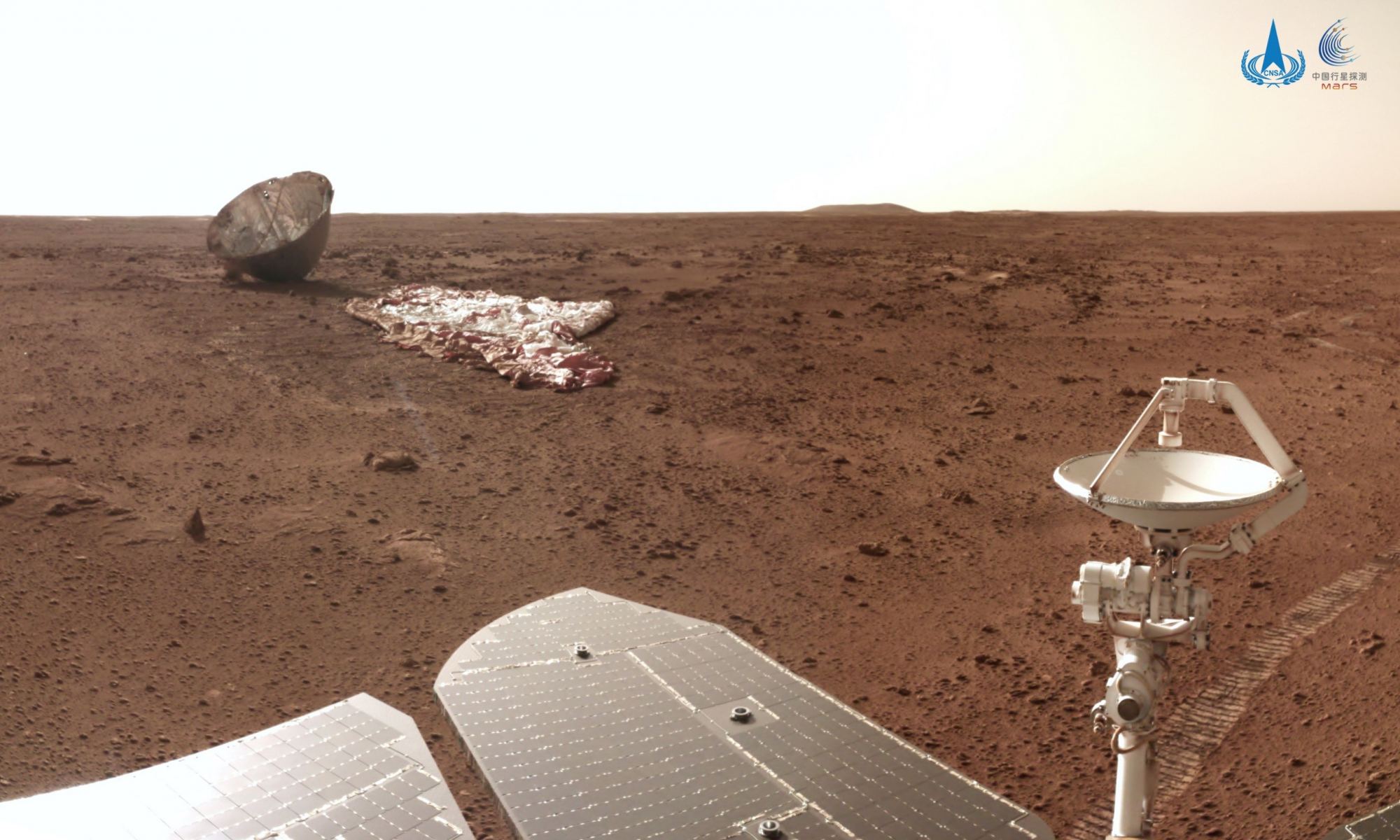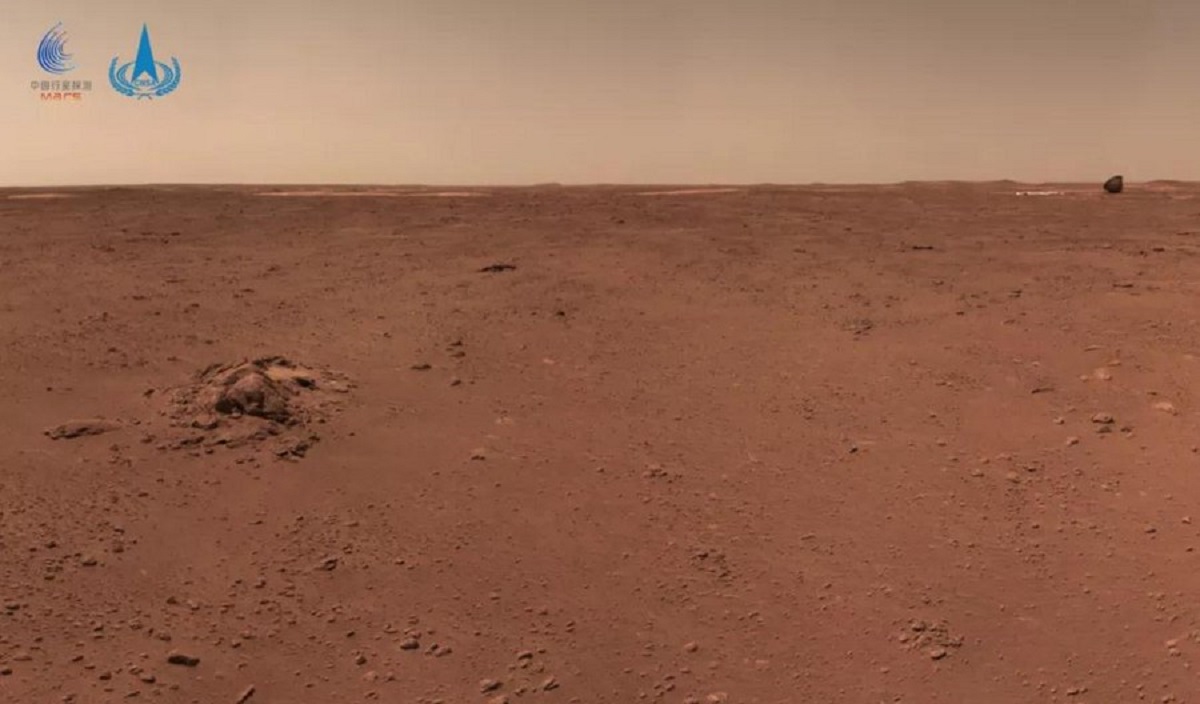Back in early December 2021, China’s Yutu 2 rover made headlines when it spied what looked like a curious cube-shaped object on the Moon’s surface. Of course, speculations ran rampant. And it didn’t help matters any when the China National Space Administration (CNSA) nicknamed the object the “mystery hut.”
An update today from Yutu’s cameras reveals the true nature of this object. Yup, it’s just a rock. And not very cube-shaped, either.
Continue reading “China’s Rover Checks out that Weird Cube on the Moon. Surprise! It’s a Rock.”
